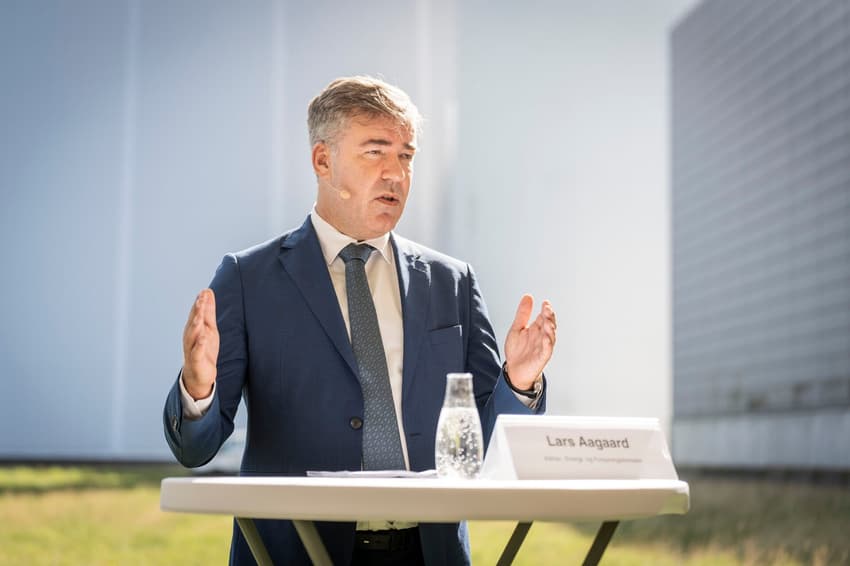No reduced temperatures in Danish public buildings this winter

A maximum thermostat temperature of 19 degrees Celsius in public buildings, introduced in 2022 in response to the energy crisis, will not return this year, the Danish energy ministry said.
Public buildings like city halls, schools and the parliament in Copenhagen all limited indoor heating to 19 degrees Celsius last winter in an energy-saving drive, with several private companies also adopting the measure.
But the government on Tuesday repealed instructions to lower temperatures in public buildings once indoor heating is switched back on this year.
That means public buildings will again be permitted to set their thermostats at between 20 and 23 degrees.
“Europe is still facing a challenge on energy security. But we are in a better position now than we were at the beginning of last winter. European gas storage facilities have more gas stored now,” Energy Minister Lars Aargaard said.
“The challenge has moved from being acute to being more structural and long-term. That’s why we’re removing the 19 degrees instruction,” he said.
READ ALSO: How a new app function can help cut your Danish electricity bill
Since September 2022, specified authorities and public institutions have been required to limit heating at 19 degrees Celsius and switch off unnecessary lighting.
With the fyringssæson or “heating season” approaching, the government urged individuals to continue the energy saving measures used last year.
“The best way of ensuring the energy crisis does not come back is that we all avoid energy waste. So there’s still an encouragement to Danes and businesses to have focus on their energy consumption,” Aagaard said.
“The best insurance we can have against seeing increasing prices again is that we don’t run into supply problems,” he said.
Comments
See Also
Public buildings like city halls, schools and the parliament in Copenhagen all limited indoor heating to 19 degrees Celsius last winter in an energy-saving drive, with several private companies also adopting the measure.
But the government on Tuesday repealed instructions to lower temperatures in public buildings once indoor heating is switched back on this year.
That means public buildings will again be permitted to set their thermostats at between 20 and 23 degrees.
“Europe is still facing a challenge on energy security. But we are in a better position now than we were at the beginning of last winter. European gas storage facilities have more gas stored now,” Energy Minister Lars Aargaard said.
“The challenge has moved from being acute to being more structural and long-term. That’s why we’re removing the 19 degrees instruction,” he said.
READ ALSO: How a new app function can help cut your Danish electricity bill
Since September 2022, specified authorities and public institutions have been required to limit heating at 19 degrees Celsius and switch off unnecessary lighting.
With the fyringssæson or “heating season” approaching, the government urged individuals to continue the energy saving measures used last year.
“The best way of ensuring the energy crisis does not come back is that we all avoid energy waste. So there’s still an encouragement to Danes and businesses to have focus on their energy consumption,” Aagaard said.
“The best insurance we can have against seeing increasing prices again is that we don’t run into supply problems,” he said.
Join the conversation in our comments section below. Share your own views and experience and if you have a question or suggestion for our journalists then email us at [email protected].
Please keep comments civil, constructive and on topic – and make sure to read our terms of use before getting involved.
Please log in here to leave a comment.